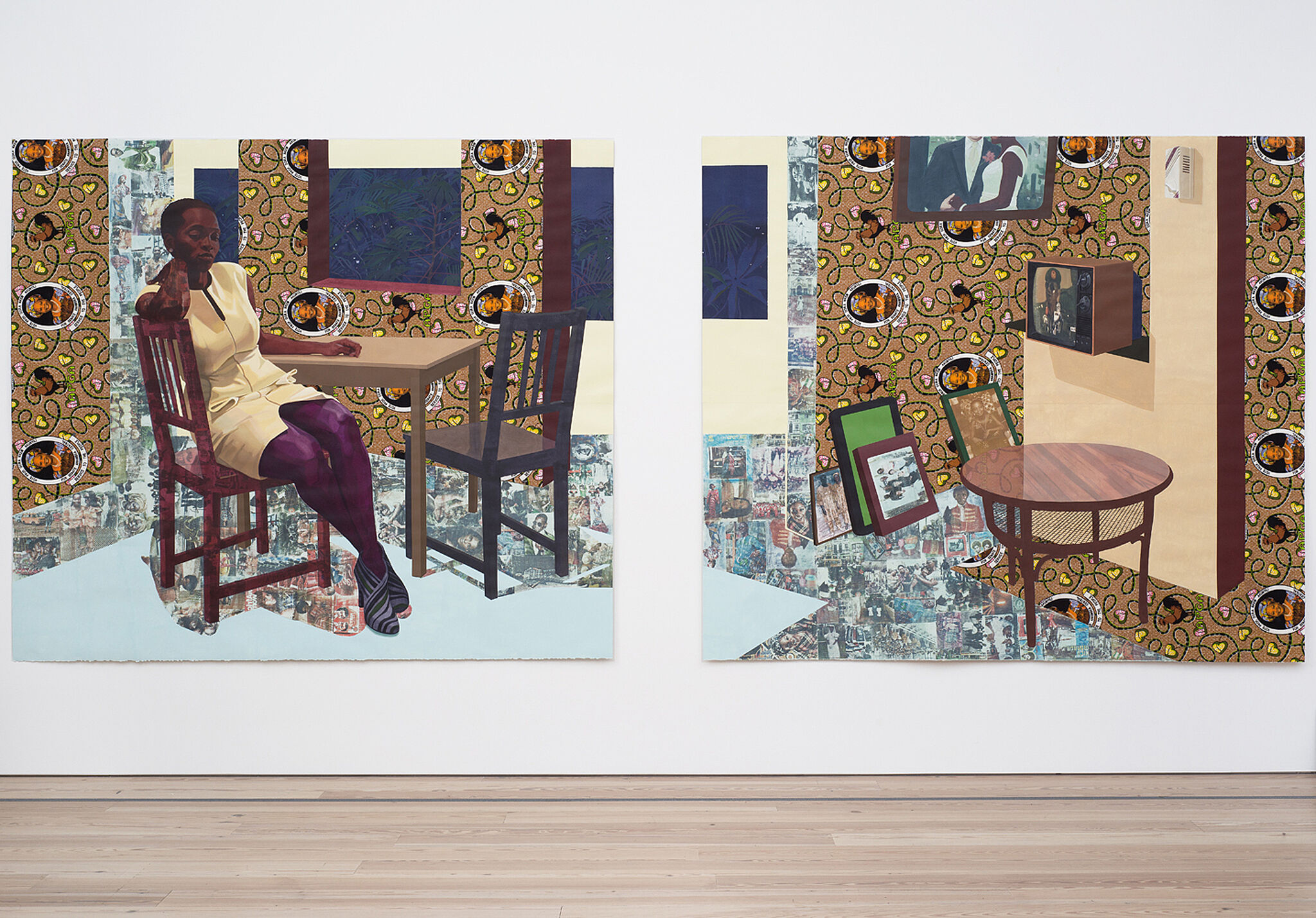Self-portraits
Construct a self-portrait in words
Self-portraiture is the genre that gives the artist the greatest freedom from external constraints. The artist is his or her most available model. In making a self-portrait, the creator becomes both the subject and the object. Self-portraiture can be a tool for introspection and self-exploration, or it may simply be a record of physical appearance at a particular time and place. A self-portrait can be literal or imaginary, an exercise in self-awareness, or a creative imaginary persona in an elaborate setting.
a. Ask your students to define and discuss the differences between portraits and self-portraits.
View and discuss the self-portraits by Njideka Akunyili Crosby and Edward Hopper with your students. Have them describe what they see in each image and compare them.
What has the artist included in each self-portrait?
What is real and what isn’t?
What is hinted at?
Do students think the artists intentionally left anything out? Why?
What questions are students left with?
b. Consider how each artist has represented him or herself through pose, gesture, facial expression, gaze, background details, and clothing.
What can students infer or know about the artist, based on what is portrayed in each image?
To what extent do these portraits seem to focus on physical or external likeness?
To what extent do these portraits share features beyond likeness?
c. If your students constructed self-portraits in words, how would they describe themselves? Ask students to refer to their word cloud for inspiration and consider how they might describe themselves. Ask them to make a list of the things about themselves that people can see.
d. How do others describe them? Ask students to make a list of the things about themselves that are invisible to the eye. Discuss how visual artists might reveal those invisible things, for example, using a background, objects, or accessories.

